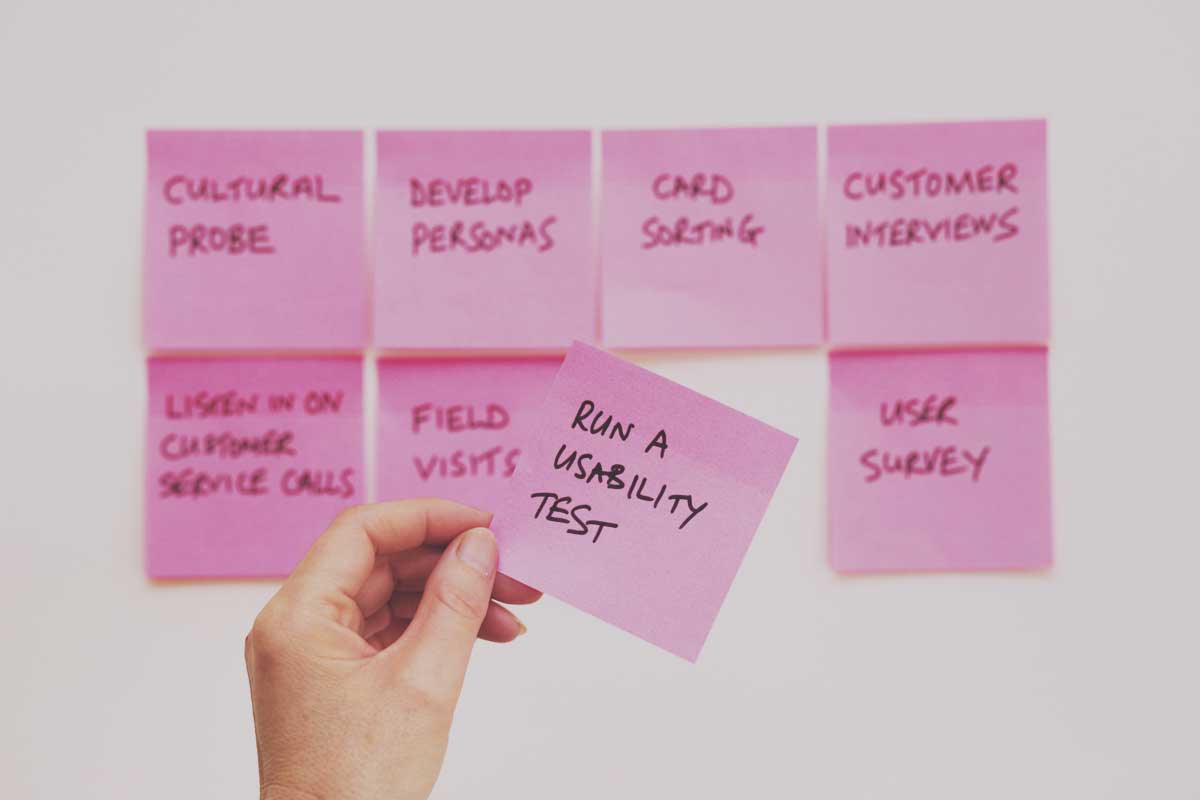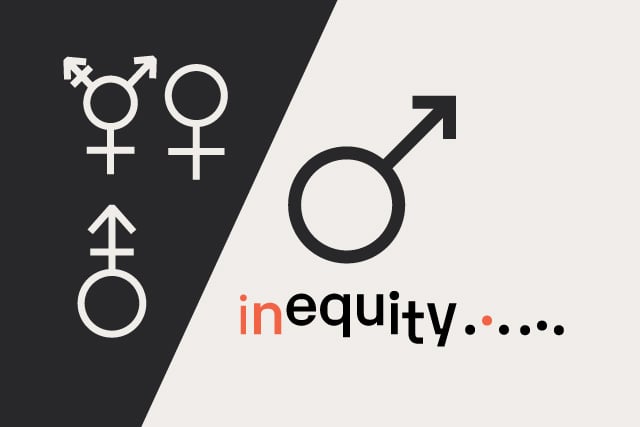Should I Do My Own Website Usability Testing?
Dennis Kardys Head of Design & Development#Design

We look at whether it's a good idea for website owners to perform their own user testing and offer some ideas on how to gain UX insights.
One tried and true way to identify what's working well and what not on your website is to conduct usability testing. Usability Testing is a type of user research that involves watching people use your website or application. Usability testing is a very accessible form of user research—anyone can do it. Because of this, a common question is "Should I conduct my own usability testing?"
What is Usability Testing?
In a typical usability test session, the person conducting the test (the moderator) will ask a member of the site's target audience (the participant) to walk through the site. The walkthrough may be guided, where the moderator asks the participant to accomplish a series of tasks, or unguided, where the participant leads the walkthrough. In either case, the participant is asked to think aloud, commenting on what is going on in their head as they interact with things. All the while, notes are collected about what the participant can do easily and where he or she struggles.
DIY Usability Testing: Pros and Cons
Usability testing is the most powerful and direct means of learning not just what users are doing on your site, but also why. Since you are already familiar with your organization and understand how your products or services intend to meet your customers’ needs, can you extend this knowledge to the way people use your website?
The short answer is that any usability testing is better than none. But there are some pros and cons to the idea of performing this type of user research testing on your own. Let's look at some of the benefits and drawbacks.
DIY Usability Testing: What to Watch Out For
Being able to collect your own insights through direct observation can be incredibly eye-opening. The catch is that without a background in user experience or interaction design, it can be challenging to know what to look out for, and there's risk of misinterpreting your users' thoughts and actions.
As a result, you may gain some valuable insights that help you pinpoint and address some superficial UX pain points but miss the bigger underlying problems. In other words, you may end up treating the symptoms rather than the disease.
Here are a few more reasons why you may not achieve the best results when performing your own user research:
- Information collected from users cannot always be taken at face value. Human beings are not great at predicting what they want. When "thinking aloud" many of your participants' comments will prove insightful—specifically as they shed light on motivation and needs. An experienced moderator, however, will also be able to observe when there is a discrepancy between what a user says and what the user does. You can be misled by taking user feedback too literally and assume usability problems that don't exist.
- Moderation is a honed skill. An experienced moderator knows how to elicit the most useful insights from their participant. He or she will have great facilitation and interviewing skills, knowing what's worth digging into and what can be dismissed. They know when to let the user struggle a bit, and when to move on to a new task. They pay as much attention to mouse movements and subtle screen interactions as they do to the words that the user says. Most importantly, they possess the training and experience to identify patterns and interpret everything observed.
- Bias can influence interpretation. When conducting your own testing, you must be careful that stereotypes and preconceived notions you've developed about your users don't lead to assumptions that influence your takeaways from the session. You need to make sure you aren't putting undo emphasis on observations that align with your own goals and objectives while downplaying those that do not. Insights can be unintentionally skewed if the moderator does not bring an objective point of view.
Suggestions for DIY Usability Testing
If you are in a situation where there are logistical barriers to hiring UX or usability experts, here are some tips to help your DIY usability testing go more smoothly.
- Check out automated or remote usability testing services. You may find that scheduling 1:1 sessions with customers may be challenging, or you may bump into problems getting approval to do so. Many remote testing services like usertesting.com, userinput.io, and others provide an affordable way to automate unmoderated usability testing with remote users who match your target audience demographic. This can be a good first step into usability testing.
- Develop a test script that you can use to conduct your own remote usability tests. Whether you are conducting your own usability tests, using an automated service, or hiring a team of experts, your first step can be to draft up a test script. A test script describes different questions or tasks you would like your participants to complete on your site.
- Review UX best practices. Before planning any DIY usability testing, review a Website Accessibility checklist or some UX best practices. These resources can help you understand the types of things that make sites hard or easy for people to use. Referring to them may help you develop a good usability test script.
- Don't ask users to predict the future. While real users may be able to tell you what types of content may or may not appeal to them, humans are terrible at predicting how they might behave in different hypothetical scenarios. Avoid asking the user to speculate on whether or not a feature would be useful, or how they would the like the design if you changed it a certain way. Stick to questions about intent and motivation, ask about what has worked or hasn't in the past, and rely on behavioral observation as they interact with the UI you are testing.
- Focus on one thing. If you don't have experience running usability tests, it can be overwhelming to try to collect useful insights across your entire site or application. Isolating the testing to hone in on a specific section, user scenario, or metric can be a good way to narrow the scope of testing and focus your feedback.
Always be Testing
Making sure that people can easily find useful content and complete common tasks is the foundation of a good user experience. Usability testing is the best way to figure out what you need to work on fixing. There are definite advantages to hiring a team of experts to conduct usability testing for your organization. Inexplicably, many companies are at first hesitant to invest in this. If you find yourself in this situation, you may need to do it yourself at first. Initial usability tests are often eye-opening to the entire organization and may lead to some quick wins. Let those quick wins justify future investment in usability and user experience. It's less important who is doing the usability testing than just that you are getting into the steady cadence of gathering insights from real end-users on a continual basis. If DIY usability testing is part of the path to get there, keep it up—you are headed in the right direction.
Photo by David Travis on Unsplash
Related Posts

Alternatives to X (Twitter)
We have identified some potential alternatives to Twitter that we believe are useful for marketers to spread their message and brand.

Establishing Equitable Management Practices
It's International Women's Day and Dennis Kardys shares some things we’ve done at Diagram to be mindful of bias and take steps to embrace diversity.
Results Matter.
We design creative digital solutions that grow your business, strengthen your brand and engage your audience. Our team blends creativity with insights, analytics and technology to deliver beauty, function, accessibility and most of all, ROI. Do you have a project you want to discuss?
Like what you read?
Subscribe to our blog "Diagram Views" for the latest trends in web design, inbound marketing and mobile strategy.
